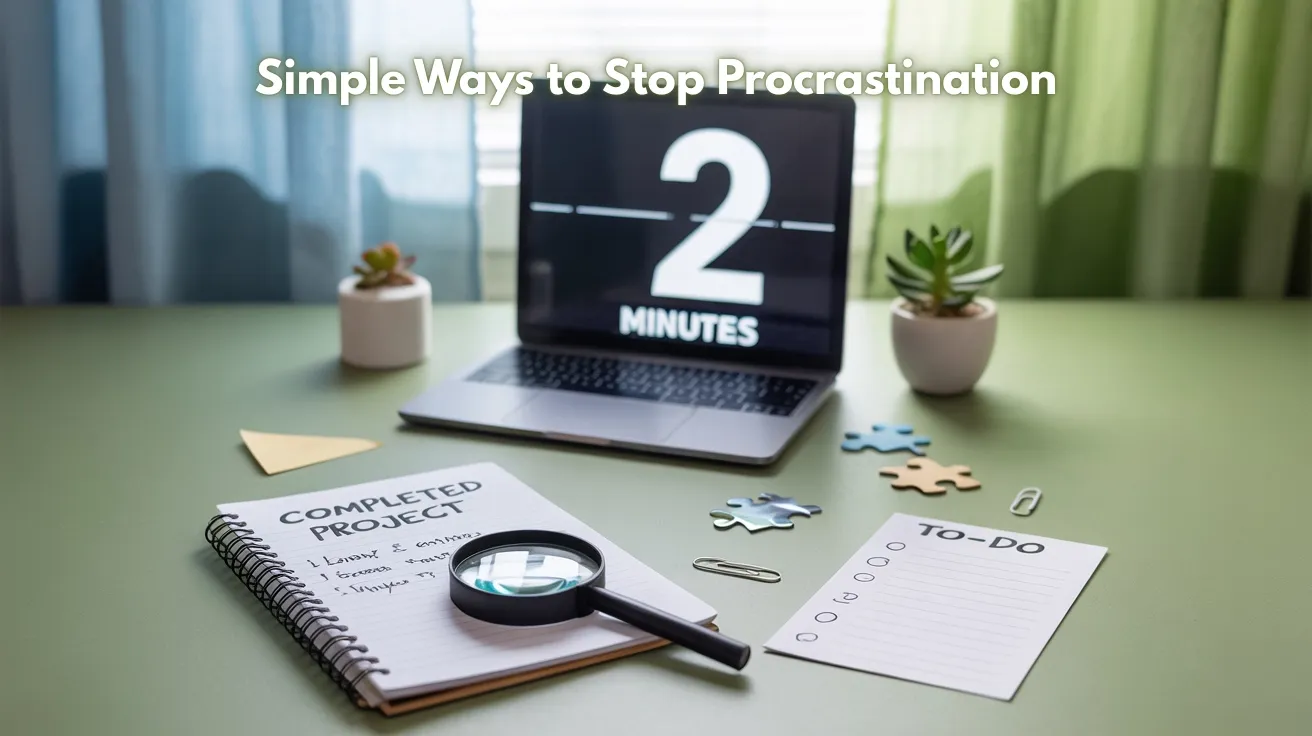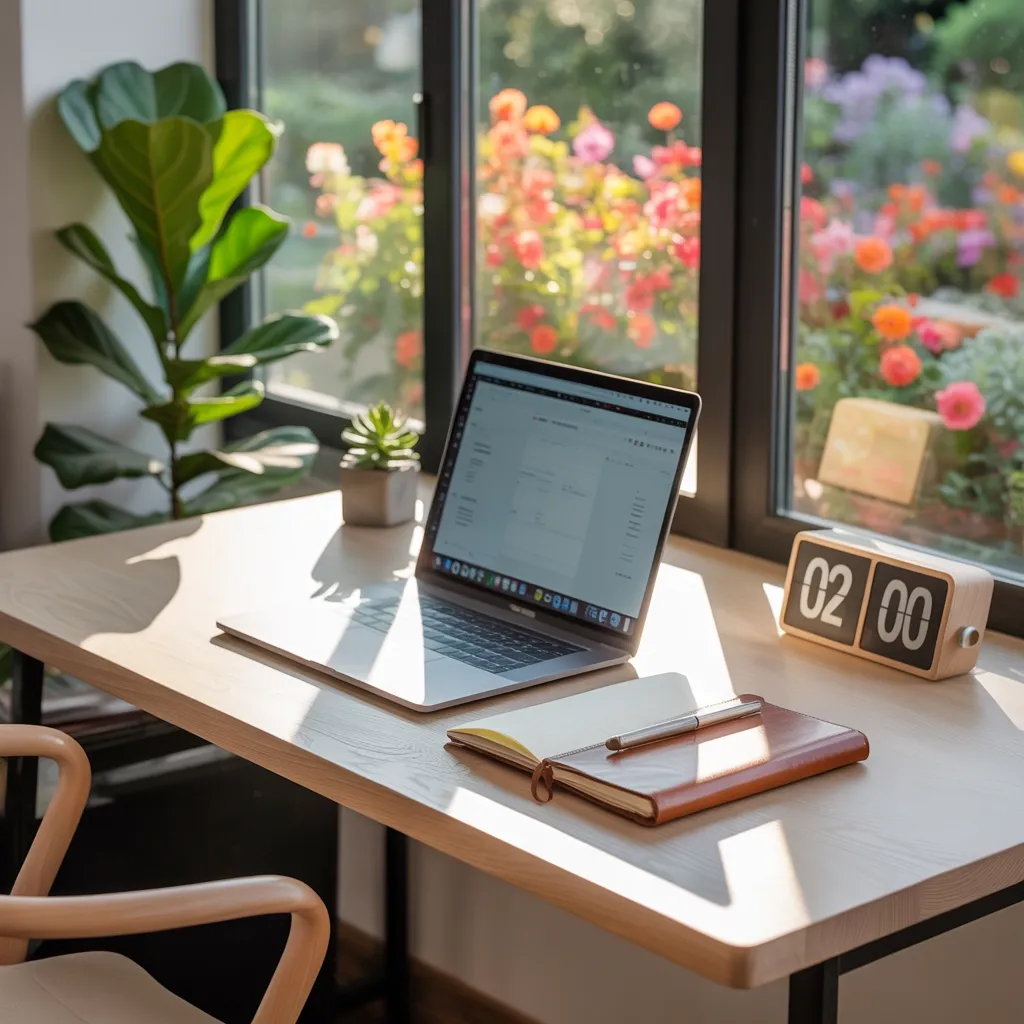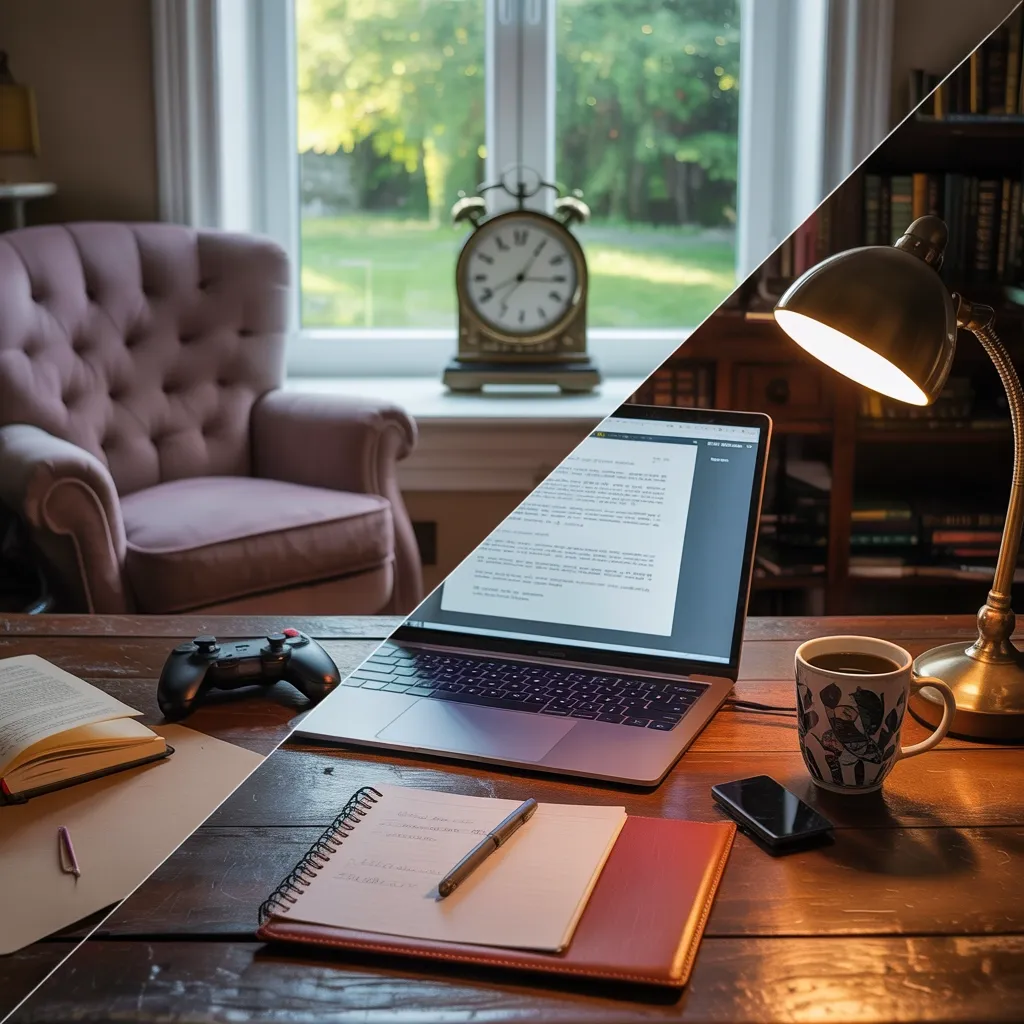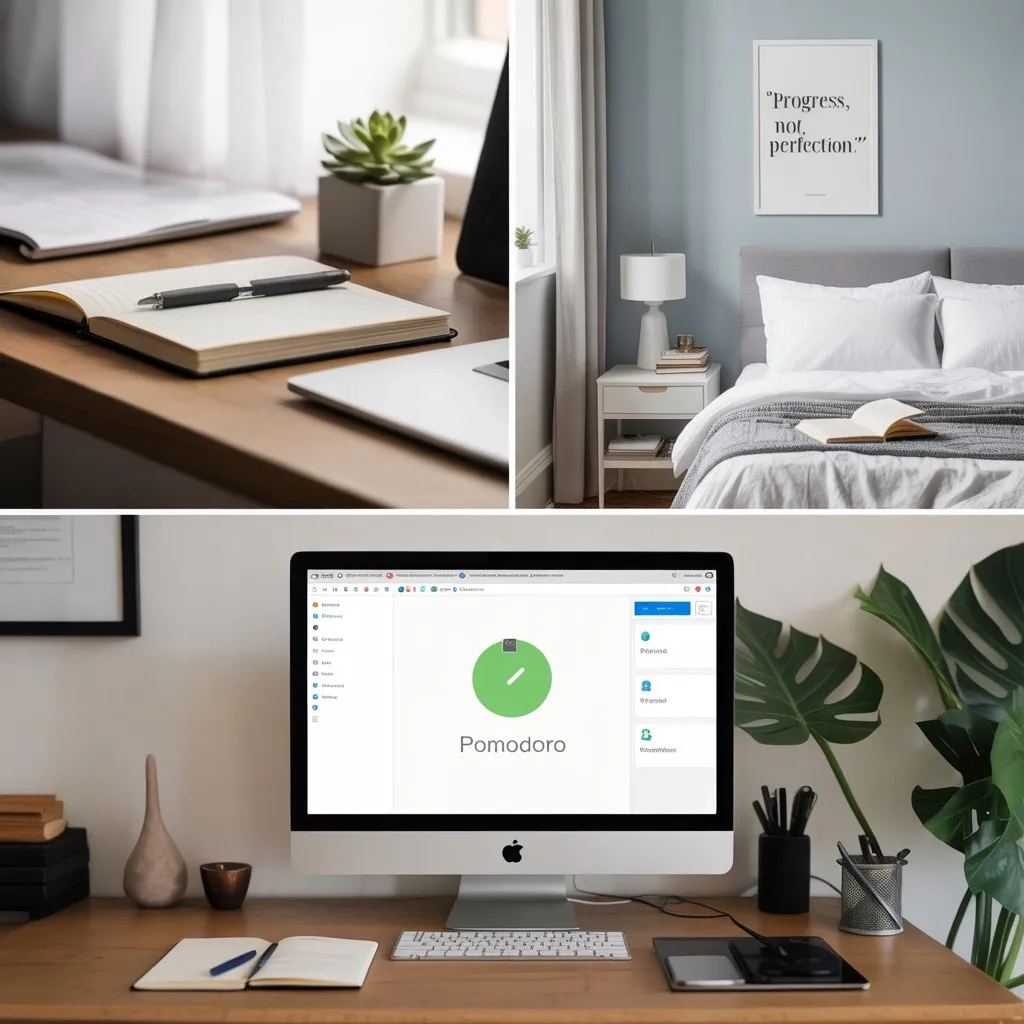I Research Procrastination, So Here's 4 Ways to Stop

I've spent years studying procrastination. I've read psychology research, looked at how people behave, and talked to people who procrastinate a lot. You'd think all that studying would fix my own procrastination problem. But it didn't.
Now I notice every time I pick Netflix instead of doing my work. I see myself making coffee just to avoid starting a project. I catch myself doing a "quick" social media check that turns into an hour of scrolling.
Here's what I found out: knowing about procrastination doesn't cure it. But it does give you better ways to handle it.
So here are four strategies that research shows really stop procrastination when I actually use them.
The 4 Ways to Stop Procrastinating
Method 1: The "2-Minute Rule" (New & Improved)
David Allen's famous 2-minute rule from his book "Getting Things Done" states:
"If something takes less than two minutes, just do it right now."
I used to think this advice was too obvious to be helpful. "If it were that simple," I thought, "nobody would struggle with procrastination."
But here's what I learned from behavioral psychology research: our brains don't resist tasks because the tasks are hard. They resist starting tasks because switching gears and beginning something new takes mental energy. Our brains actually think that starting is harder than continuing.
This completely changed how I use the 2-minute rule. Instead of just a productivity trick, I started treating it like a psychological hack. I began doing "5-minute experiments". I'd work on something for only five minutes, and I gave myself full permission to stop after that.
The thing is, once I started, the task didn't feel so scary anymore, and I'd usually keep going.

Here's how to use this method
When you catch yourself avoiding a task, ask: "Can I do something useful on this in 2-5 minutes?" Then set a timer and start with the tiniest step. Maybe that's opening a document, gathering your materials, or writing just one sentence. Then stop yourself when the timer goes off.
The biggest mistake to avoid
Don't worry about doing the task perfectly in those first few minutes. Just worry about doing it at all. Starting really is the hardest part. Once you break through that initial resistance, your brain stops fighting you so much.
Set your focus timer and start working
Method 2: Strategic Procrastination
Yes, there's actually a good type of procrastination.
Researchers call it "active procrastination" versus "passive procrastination." Active procrastination means you're delaying on purpose but still thinking about your task. Passive procrastination is just avoiding the work completely. There's even something called the Yerkes-Dodson law that shows a little bit of pressure can actually help you do better work.

So, I stopped feeling guilty about procrastinating when I realized it sometimes led to my best work.
For instance, last year, I put off writing a big presentation for weeks. But during those weeks, I wasn't just ignoring it. I was collecting ideas, noticing examples that fit my topic, and letting everything simmer in my brain. When I finally sat down to write, the words just flowed. My mind had been working on it the whole time.
Therefore, when I'm procrastinating, I'm still taking notes, getting inspired, or thinking through problems.
How to make procrastination work for you
When you catch yourself delaying, ask these three questions:
- "Am I still thinking about this project?"
- "Do I have enough time before my deadline?"
- "What happens if I wait versus starting right now?"
If you're actively thinking about the project and have sufficient time remaining, you might be in productive delay mode.
Keep your projects on track with Apploye
Method 3: Environment Design
Environmental psychology research shows that where you are affects what you do more than you think. Studies on decision fatigue found that every choice you make during the day uses up your brain power. That includes choosing between work and procrastination.
So, make your space do the choosing for you.
I figured out that my phone was my biggest problem. Even when it was face down and quiet, I could still feel it there. My brain knew it was within reach. But now I charge it in a different room when I'm working. I also set up website blockers. This tiny bit of extra work usually stops me from reaching for distractions.
The psychology is simple: changing your environment requires one decision, while relying on willpower requires hundreds of micro-decisions throughout the day.
Here's how to start
- Your workspace: Clear everything except what you need right now.
- Your bedroom: Make your bed as soon as you wake up so you won't be tempted to get back in.
- Your digital space: Use time trackers, app & URL timers, website blockers, and turn off notifications that break your focus.

Block distractions with productivity tracking features
Method 4: The Procrastination Autopsy
According to metacognition research, when you understand yourself better, you're way more likely to change your habits. Most productivity tips treat everyone the same, but studies show that figuring out your own patterns works much better than following generic advice.
That's why I decided to track my procrastination like I was solving a mystery. I found out that I wasn't just avoiding hard tasks; I was avoiding certain types of thinking.
For example, I'd put off creative writing for days. But, for data work, I'd dive right in. I also noticed I procrastinated most between 2 and 4 PM (after lunch).
This is how I caught myself procrastinating. I just ask three questions:
- What was I supposed to be doing?
- How was I feeling right before I started avoiding it?
- What did I do instead?
After doing this for a week, clear patterns showed up.
Then I created specific solutions. If I always procrastinate after lunch, I'd schedule easier tasks then. If I avoid creative work when I am stressed, I'd plan some stress relief before those sessions.
The secret is treating procrastination like useful information, not a personal failure. Once you know your patterns, you can work with them instead of fighting against them.
Analyze your productivity patterns today
Conclusion: The Researcher's Confession
Here's the truth: I still procrastinate. Daily. Even when I was writing this post about how to beat procrastination.
But research taught me procrastination isn't a personality problem. It's actually a signal. It's telling you something about your productivity levels, your fears, or your surroundings that needs fixing.
Research gives you the tools. But you still have to use them every single day.
I mess up constantly. The difference is that now I have strategies to recover faster instead of spiraling into self-criticism.
Here's what I want you to do. Pick just one method from this post. Try it for one week. That's it. Don't try to change everything at once. That's just another way to procrastinate.
Build better work habits starting today